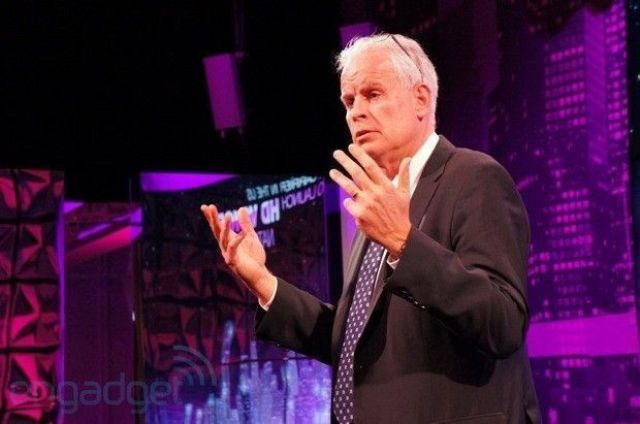 T-Mobile announced that it will launch the first nationwide Narrowband-IoT (NB-IoT) network in 2018 – as part of its Internet of Things (IoT) strategy.
T-Mobile announced that it will launch the first nationwide Narrowband-IoT (NB-IoT) network in 2018 – as part of its Internet of Things (IoT) strategy.
The Un-carrier also announced – at Mobile World Congress Americas 2017 – the launch of T-Mobile SyncUP FLEET, a new fleet management solution for businesses.
“The Un-carrier team is unstoppable. Not only have we built America’s best unlimited network, but this magenta army is also moving at a breakneck pace to support the future of connected devices in a 5G world,” said Neville Ray, chief technology officer of T-Mobile.
 Earlier this year, T-Mobile completed North America’s first-ever NB-IoT field tests with Qualcomm and Ericsson. T-Mobile is focusing on NB-IoT because it uses very little spectrum to carry data with better efficiency and performance. In addition, NB-IoT ensures extended battery life and increased connectivity.
Earlier this year, T-Mobile completed North America’s first-ever NB-IoT field tests with Qualcomm and Ericsson. T-Mobile is focusing on NB-IoT because it uses very little spectrum to carry data with better efficiency and performance. In addition, NB-IoT ensures extended battery life and increased connectivity.
T-Mobile will be launching the continent’s first commercial NB-IoT network in Las Vegas next month, paving the way for nationwide NB-IoT in mid-2018. T-Mobile will also support Cat-M – another IoT standard for solutions requiring voice support – in 2018.
T-Mobile announced it tested NB-IoT modules from Sierra Wireless, Telit and u-blox, with expected availability in early 2018. These modules will provide connected product makers and developers with low-cost pricing and data connectivity on T-Mobile’s NB-IoT network.
T-Mobile will use a portion of its lode of 600 MHz spectrum – which is already being deployed for LTE with 5G-ready technology ahead of schedule – to deliver a 5G network from coast to coast by 2020. 5G rollout is expected to begin in 2019 with a target of 2020 for full nationwide coverage.
While AT&T and Verizon are focused on high-band spectrum use cases in fixed locations and urban areas, T-Mobile’s 600 MHz 5G network will deliver increased radio efficiency, immense numbers of connected devices, lower latency and improved battery life and reliability.





